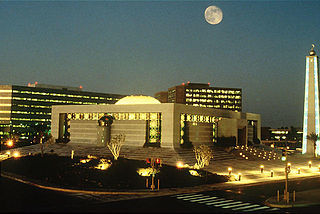
Global crude inventories are declining and supply and demand are in balance, according to the head of Saudi Aramco, while the United Arab Emirates energy minister said U.S. shale oil doesn’t threaten OPEC’s efforts to support the market.
Demand for crude is continuing to rise and oil inventories are returning to the levels of the past five years, Aramco Chief Executive Officer Amin Nasser said Sunday in the eastern Saudi city of Dhahran. “This is helping prices improve,” he said, as the Organization of Petroleum Exporting Countries and allied suppliers prepared to gather this week in Vienna to assess the market.
U.A.E. Energy Minister Suhail Al Mazrouei said he’s optimistic the producers will extend their deal on output cuts when they meet on Nov. 30. Shale oil represents only a fraction of global production and “is not an enemy to OPEC,” he told reporters in Abu Dhabi, referring to the U.S. output that contributed to a worldwide glut.
OPEC and Russia have outlined a deal to extend their oil production limits to the end of next year, though both sides are still working out crucial details, according to people involved in the conversations. The cuts, which took effect in January, will expire in March unless OPEC and its fellow producers extend the historic accord. Participants in the deal collectively pump 60 percent of the world’s oil.
Aramco’s ‘Optimism’
“The balance between supply and demand is very good,” said Nasser, head of the state producer known formally as Saudi Arabian Oil Co. “What we are seeing today is that prices are in continuous improvement.”
Benchmark Brent crude has gained 12 percent this year and was trading in London at $63.82 a barrel, down 4 cents, at 6:45 a.m. local time. Prices tumbled from more than $115 a barrel in 2014 amid a surge in supplies, including U.S. shale oil.
Oil markets are on track to come into balance next year, Al Mazrouei said. The U.A.E., which takes over OPEC’s rotating presidency for 2018, will seek to ensure that members adhere to any decision on cuts that they may agree to at their meeting in Vienna, he said.
The U.S. produced about 8.9 million barrels a day of crude, nearly half of it from shale, last year, according to Energy Information Administration data. U.S. fields are set to pump about 9.2 million barrels a day this year, before raising output to a record 9.9 million in 2018, the EIA said in its short-term energy outlook earlier this month.
By contrast, OPEC pumped 32.6 million barrels a day in October, according to data compiled by Bloomberg. Russia produced 10.2 million barrels a day in September, according to OPEC data.
Recommended for you
